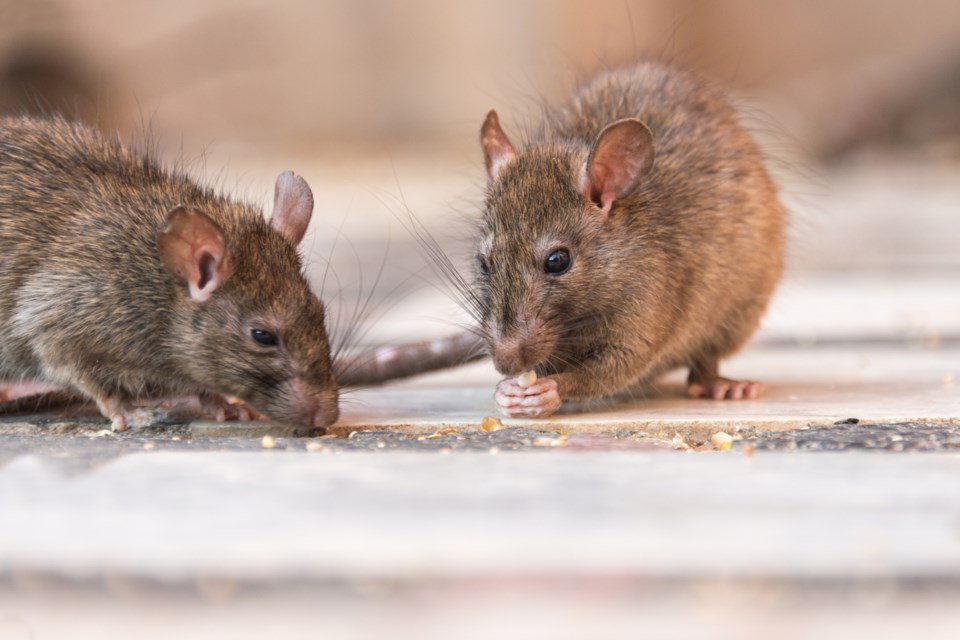One hundred and sixty rat traps on Richmond city-owned properties were either transitioned to more humane ones, or removed all together.
Last January, the city implemented a one-year trial ban on city properties of anti-coagulant poisons that cause internal bleeding, using instead snap traps. It’s looking at extending the ban for another two years as it awaits a provincial study on rat poisons, otherwise known as rodenticides.
The province implemented an 18-month ban on some rat poisons, but not all (they are allowing “first-generation anti-coagulants"), and they are currently doing scientific assessments of various products.
The provincial ban doesn’t apply to health services, food and transportation industries.
During the city’s one-year trial, city staff noted some “limitations,” as outlined in a report going to the next general purposes meeting. This included the fact there aren’t many options outside of snap traps for getting rid of rats.
Private properties are not affected by the rat poison ban in Richmond, but the provincial one on second-generation anti-coagulants applies throughout B.C.
The city is currently trying to assess how big the rodent population is in Richmond and where they are located.
First-generation anti-coagulants cause death over five to seven days – the most commonly known one is warfarin - whereas second-generation ones can cause instant death. The latter, however, have been known to have a higher risk to other wildlife than the former, according to information put out by the provincial government.
Consumers are cautioned to check what active ingredients are in the rat poisons they buy.
Second-generational anti-coagulants contain brodifacoum, bromadiolone and difethialone.
To see Health Canada's list of rodenticides and what they contain, click here.



